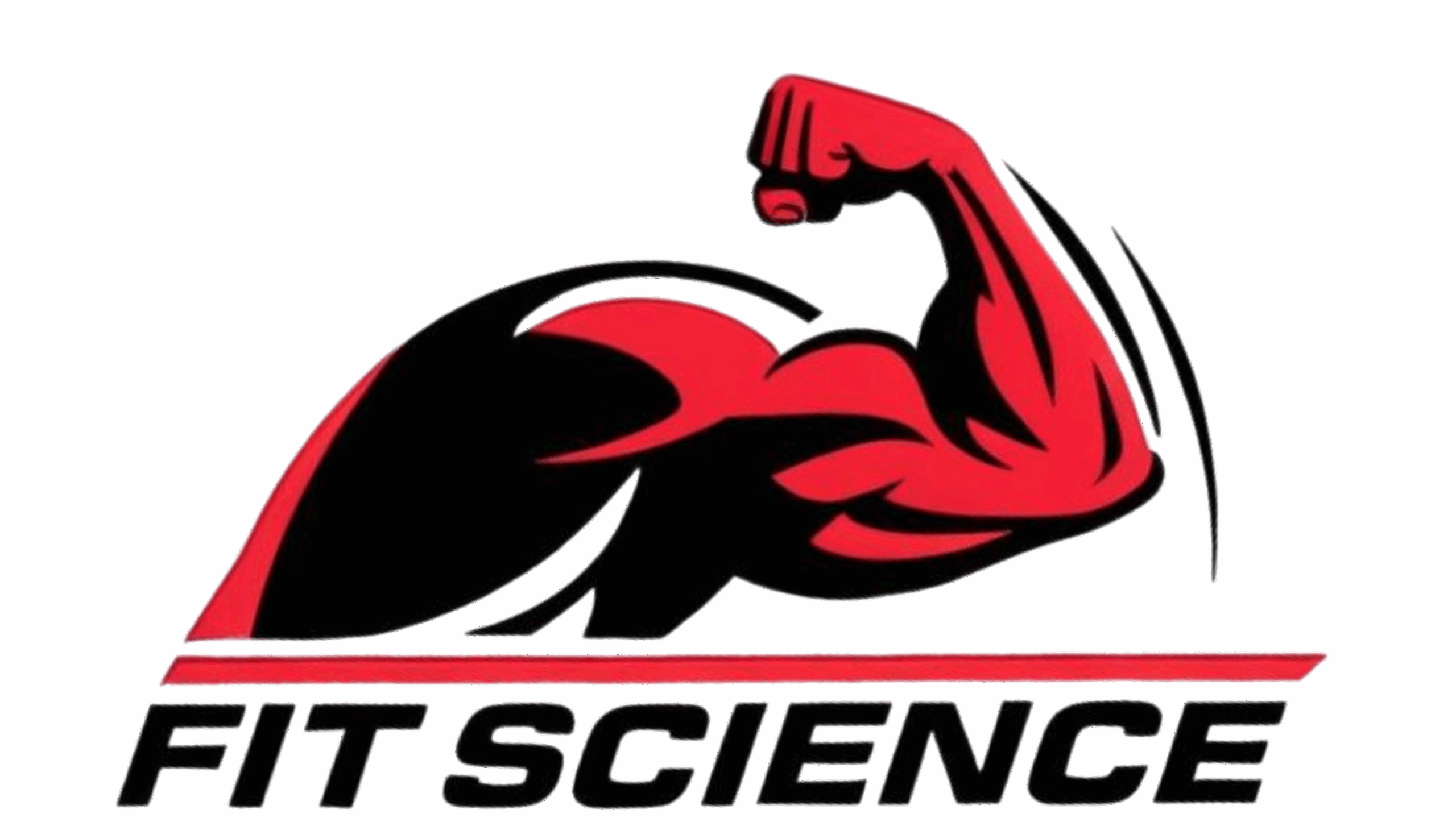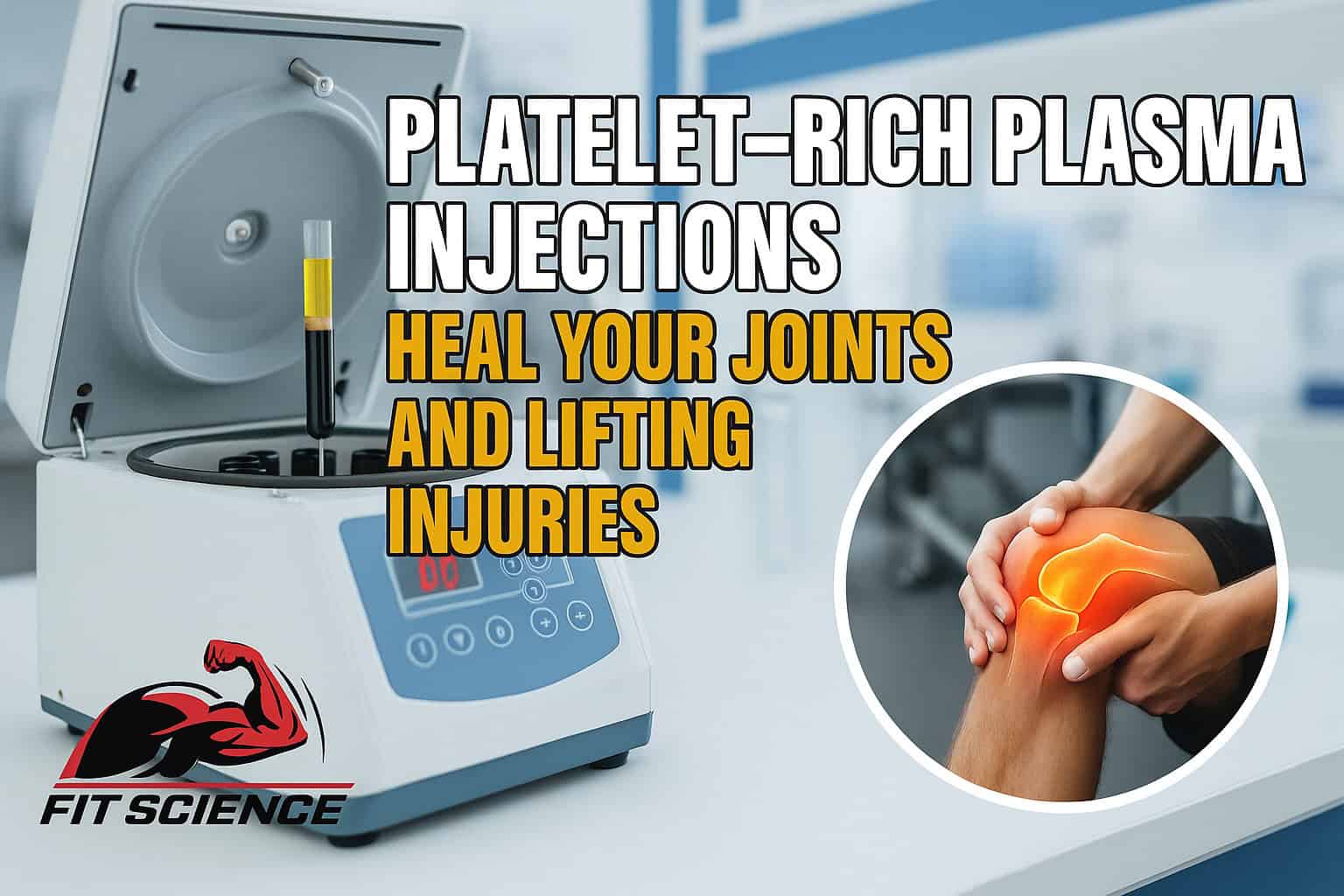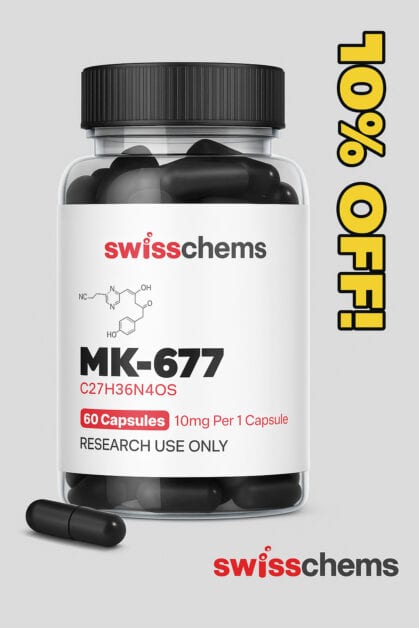Can Platelet-Rich Plasma (PRP) Injections Heal Your Joints and Lifting Injuries?
A Bodybuilder’s Guide to Recovery, Regeneration, and Getting Back Under the Bar
If you’ve been sidelined by joint pain, tendon strain, or a lingering lifting injury that just won’t quit — you’ve probably heard whispers about PRP.
Maybe it was from a pro athlete, a gym buddy recovering from elbow issues, or even your ortho. But what exactly is PRP? And more importantly — does it actually work for people like us who train hard, eat heavy, and live for the iron?
Let’s break it down. No fluff. Just the facts, the process, and the real expectations from the lifter’s perspective.
💉 What is Platelet-Rich Plasma (PRP)?
PRP stands for Platelet-Rich Plasma. It’s a concentration of platelets derived from your own blood, loaded with growth factors and healing proteins.
Platelets aren’t just about clotting — they also play a critical role in tissue regeneration, inflammation modulation, and collagen production. When concentrated and injected into an injured area, PRP can accelerate the repair process where your body is stuck or lagging.
Think of PRP like a natural “booster shot” that speeds up healing — using your own bioactive materials.
🔬 How PRP Works (Lifter’s Terms)
Here’s what happens when you get PRP injected into a damaged joint or tendon:
-
Your blood is drawn — usually around 15–60 ml depending on how much PRP is needed.
-
It’s spun in a centrifuge, separating the red blood cells from the plasma.
-
The plasma portion that’s rich in platelets is collected and concentrated — usually 3–5x normal levels.
-
The PRP is injected directly into the injury site — guided by ultrasound for accuracy.
-
Over the next few days to weeks, those growth factors begin to signal regeneration, recruiting stem cells and ramping up collagen and fibroblast activity.
It’s not magic. It’s bio-hacking your own healing loop to wake up soft tissues that aren’t healing on their own.
🤕 Common Gym Injuries Treated with PRP
PRP is increasingly used by athletes and lifters for non-surgical repair of soft tissue and joint damage. These are some of the most common lifting-related problems it’s used for:
-
Tendonitis (elbow, patellar, Achilles, etc.)
-
Rotator cuff strains/tears (partial)
-
Shoulder impingement
-
Golfer’s/Tennis elbow
-
Meniscus irritation
-
Wrist overuse
-
Chronic knee inflammation
-
Mild labrum issues
-
Hip impingement/tendinosis
Basically, if it’s not a fully torn ligament or bone-on-bone arthritis, PRP might help.
🧪 Clinical Results: What Do the Studies Say?
Let’s get into the science — no cherry-picking.
PRP for Tendon Injuries
A 2014 study published in The American Journal of Sports Medicine showed that PRP significantly reduced pain and improved function in chronic lateral epicondylitis (tennis elbow), especially compared to cortisone shots — which often provide short-term relief but no healing.
Another review published in The British Journal of Sports Medicine found that PRP was more effective than physical therapy or dry needling in treating patellar tendinopathy (jumper’s knee), a common issue in lifters who squat heavy.
PRP for Rotator Cuff Damage
A 2020 meta-analysis concluded that PRP showed moderate to strong evidence in improving recovery of partial-thickness rotator cuff tears and tendinosis when combined with rehab protocols.
PRP for Osteoarthritis
Studies in mild-to-moderate knee OA (like from years of heavy squatting or overhead pressing) found that PRP worked better than hyaluronic acid (Synvisc) and could delay or prevent the need for surgery in many patients.
🧍♂️ What It Feels Like (Firsthand Gym Perspective)
Here’s the deal: PRP isn’t painless.
The injection itself can feel like a deep pressure or even a minor cramp depending on where it’s placed. For joints like the knee or shoulder, it’s usually tolerable. Tendon-based injections (elbow, Achilles) hurt more — especially if dry needling is involved.
Aftercare Experience:
-
Day 1–2: Mild soreness, swelling, and maybe some heat at the site.
-
Day 3–7: Limited mobility; it might feel a little worse before it gets better.
-
Week 2+: Gradual decrease in pain, better range of motion.
-
Week 3–6: You may start to feel legit strength or comfort coming back.
This isn’t a cortisone quick fix — this is a slow-burn healing process. The goal is repair, not masking.
🏋️ PRP Expectations for Lifters
Let’s get brutally honest. Here’s what PRP can and can’t do.
✅ What It Can Do:
-
Speed up tendon recovery if you’ve hit a rehab wall
-
Help resolve inflammation where healing has stalled
-
Improve soft tissue quality and resilience
-
Delay surgery in borderline cases
-
Reduce pain long-term without drugs
❌ What It Won’t Do:
-
Fix full tendon tears (you’ll need surgery)
-
Make you 100% overnight
-
Replace proper training, deloading, or rehab
-
Work if your sleep, nutrition, and hormone health are trash
⏳ How Long Does PRP Take to Work?
-
Most lifters feel results in 3–6 weeks
-
Max benefit is usually seen at 8–12 weeks
-
Some may need a second injection depending on injury severity
-
If no change at 3 months, it may not be the right fix
It’s also common to stack PRP with physical therapy, light loading, and corrective exercises. PRP opens the door — but you’ve still got to walk through it.
💰 Cost of PRP
This ain’t covered by insurance in most cases.
In the U.S., a single PRP session ranges from $500–$1,500 depending on:
-
Provider (sports med doc vs concierge clinic)
-
Type of injury
-
Number of sites injected
-
Imaging used (ultrasound adds cost)
Is it worth it? For many lifters trying to avoid surgery or quit relying on NSAIDs — absolutely.
🔄 PRP vs. Cortisone vs. Surgery
| Treatment | Relief Type | Healing? | Long-Term Effect | Risk Profile |
|---|---|---|---|---|
| Cortisone | Quick pain relief | ❌ No | Often regresses | Joint/tendon damage over time |
| PRP | Slower onset | ✅ Yes | Better function | Mild swelling, rare infection |
| Surgery | Permanent fix | ✅ Yes | Long downtime | Anesthesia, re-tears, cost |
PRP sits in that sweet spot between rehab and the knife — making it ideal for committed lifters with partial tears, overuse damage, or “gray area” diagnoses.
🔬 PRP and Bodybuilding: Real Feedback
Lifters and enhanced athletes often report:
-
Shoulder pain resolving after 1–2 injections
-
Ability to bench again without deep tendon ache
-
Faster recovery from patellar flare-ups
-
Delayed need for biceps tenodesis or rotator cuff surgery
💡 One IFBB pro claimed he avoided shoulder surgery by combining PRP, peptides (BPC-157), and structured rehab. While anecdotal, this kind of stacked recovery protocol is gaining traction.
🔗 Should You Combine PRP with Peptides?
Some progressive clinics (and a lot of biohacker bros) are stacking PRP with healing peptides like:
-
BPC-157 (gut and tendon regeneration)
-
TB-500 (soft tissue mobility)
-
GH or MK-677 (collagen and systemic repair)
This is still experimental — but there’s some logic. PRP starts the fire, peptides fan the flame. If you’re enhanced, it might be worth exploring under medical supervision.
🧠 Final Thoughts: Is PRP Worth It for Bodybuilders?
If you:
-
Have a nagging injury that’s stalling your training
-
Want to avoid surgery or extended time off
-
Are willing to rehab and respect the process…
Then yes — PRP is absolutely worth exploring.
It’s one of the few “natural” tools in the toolbox that promotes real tissue regeneration — not just symptom masking. Just know it’s not a miracle injection. It’s a healing accelerator — and your outcome still depends on what you do outside the clinic.
📚 Clinical Sources
-
Mishra A, Pavelko T. “Treatment of chronic elbow tendinosis with buffered platelet-rich plasma.” Am J Sports Med. 2006.
-
Filardo G, et al. “Platelet-rich plasma intra-articular knee injections show no superiority versus hyaluronic acid.” Am J Sports Med. 2015.
-
Fitzpatrick J, et al. “The effectiveness of PRP for tendinopathy: a meta-analysis.” Br J Sports Med. 2017.
-
Vavken P, et al. “PRP in rotator cuff repair: a systematic review and meta-analysis.” Arthroscopy. 2011.
-
Scott A, et al. “Platelet-rich therapies for musculoskeletal soft tissue injuries.” Cochrane Review. 2019.











